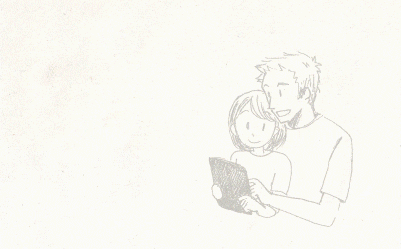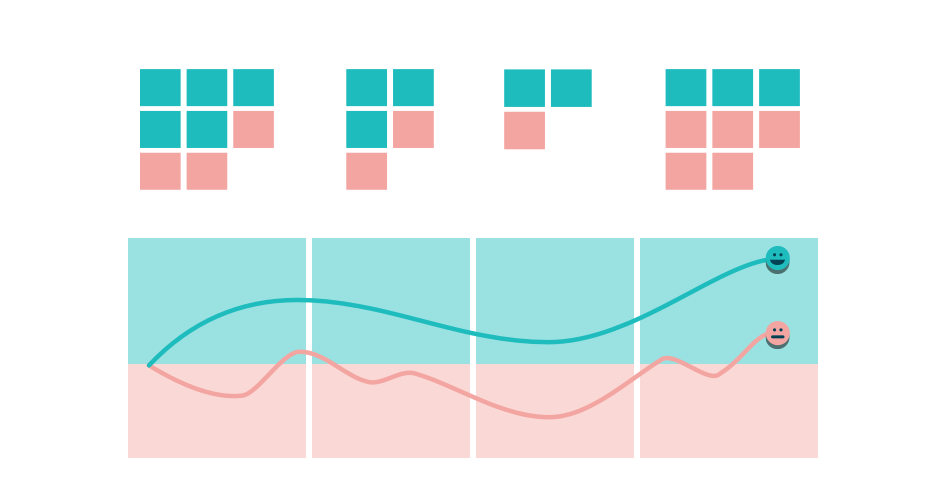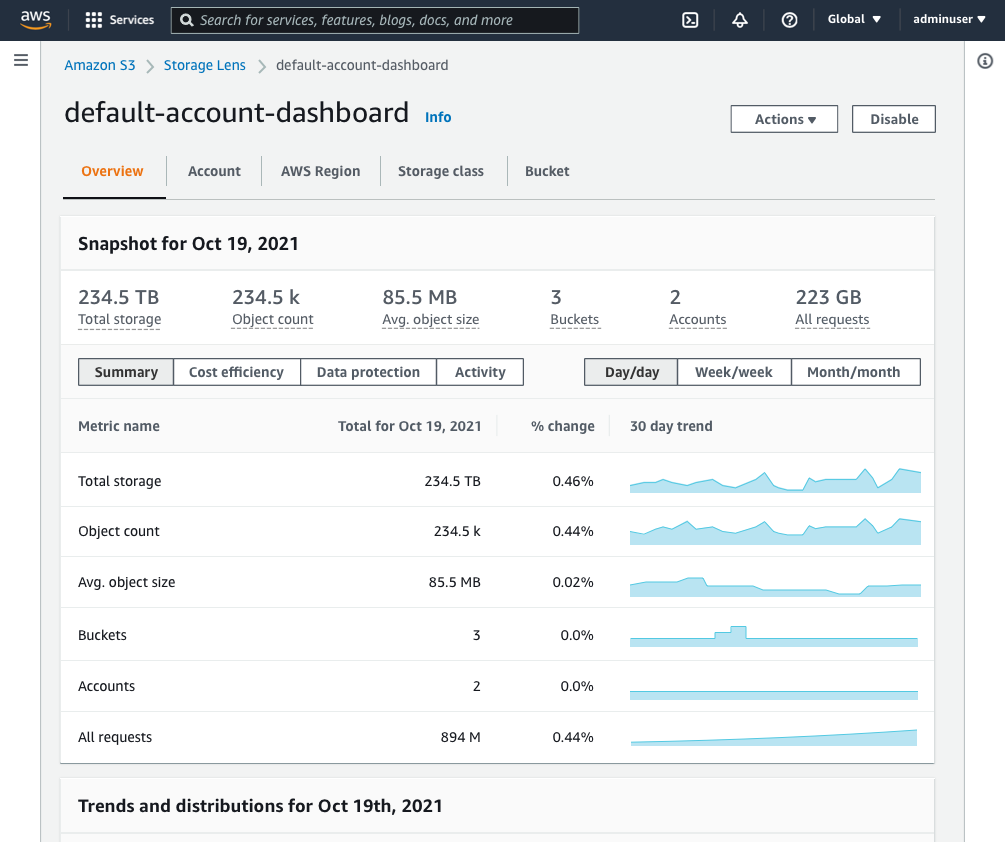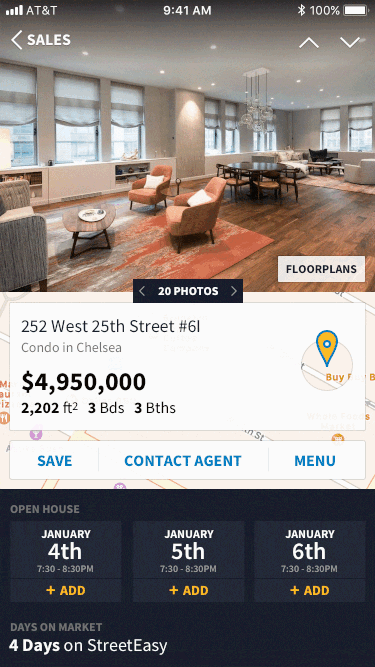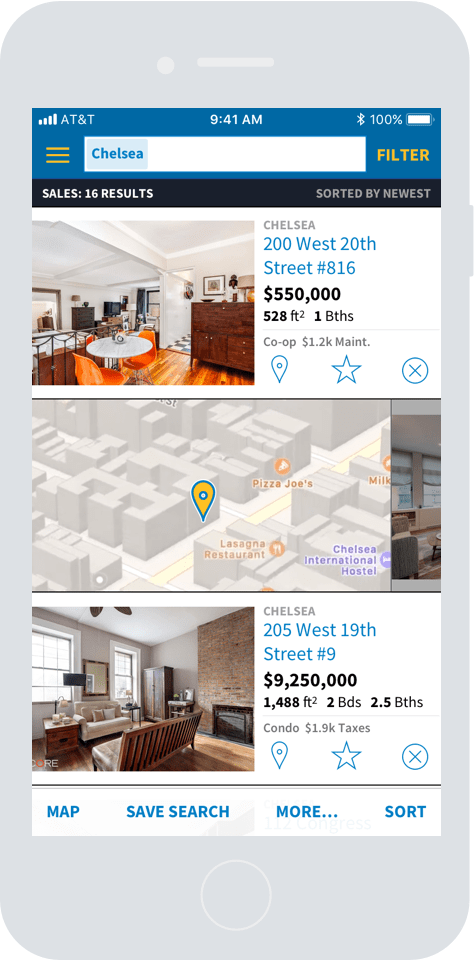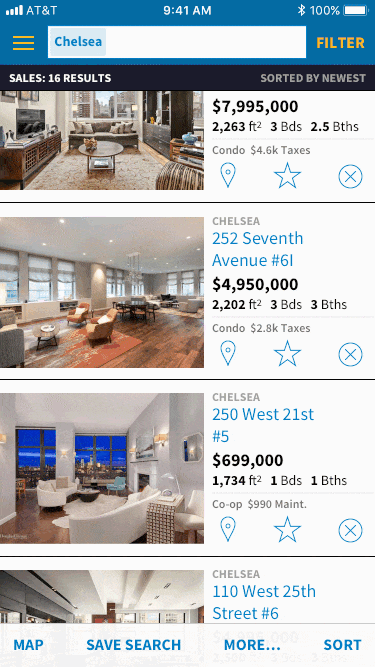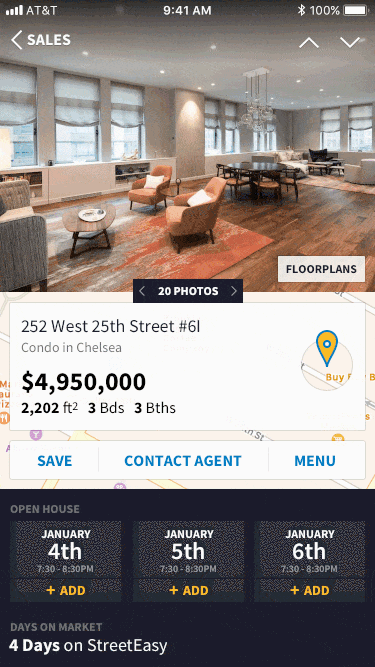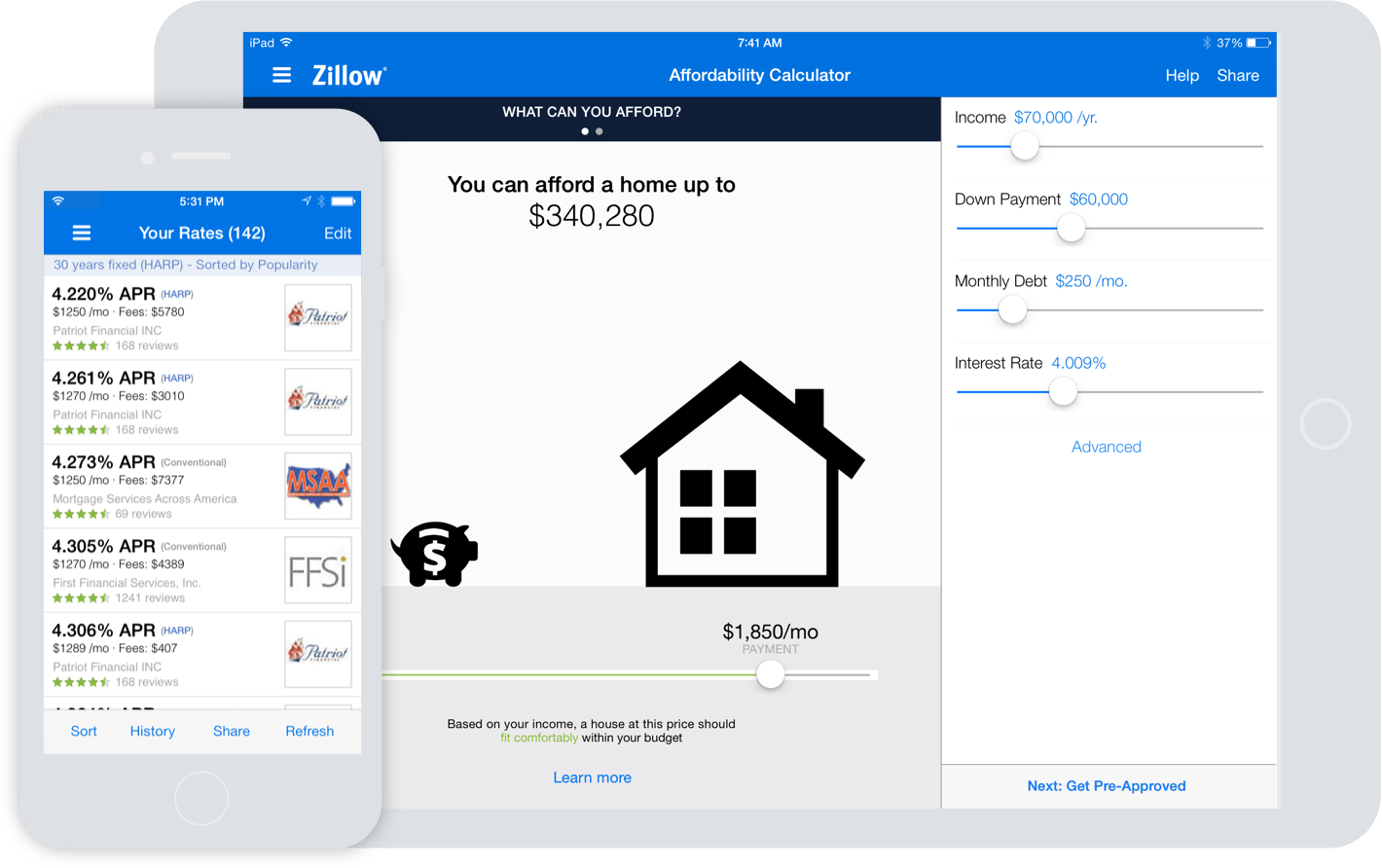Home shopping redefined



Challenge
Despite its position as the category leader with over 200 million visitors a month - lackluster visitor retention and the growth of competitors indicated vulnerability to disruption.
Strategy
Infuse relevance, simplicity, and delight into the entire buying process by exceeding user expectations while overcoming organizational silos and experience debt.
Results
Aligned product roadmaps company-wide, transformed the product ethos to focus on experience quality, and an updated design system. Launched several improvements which increased activation engagement by 10% within the first 6 months of launch.
